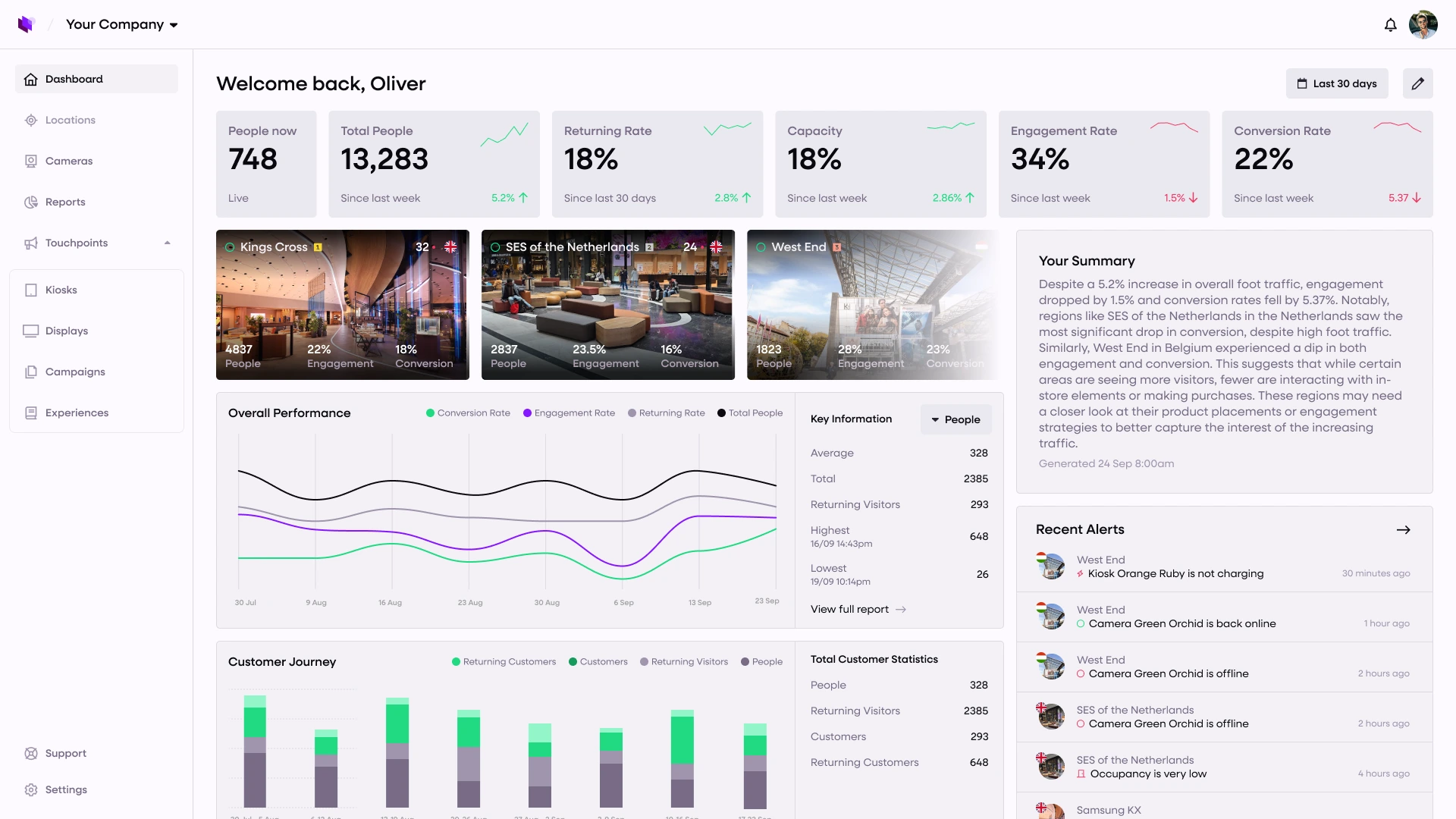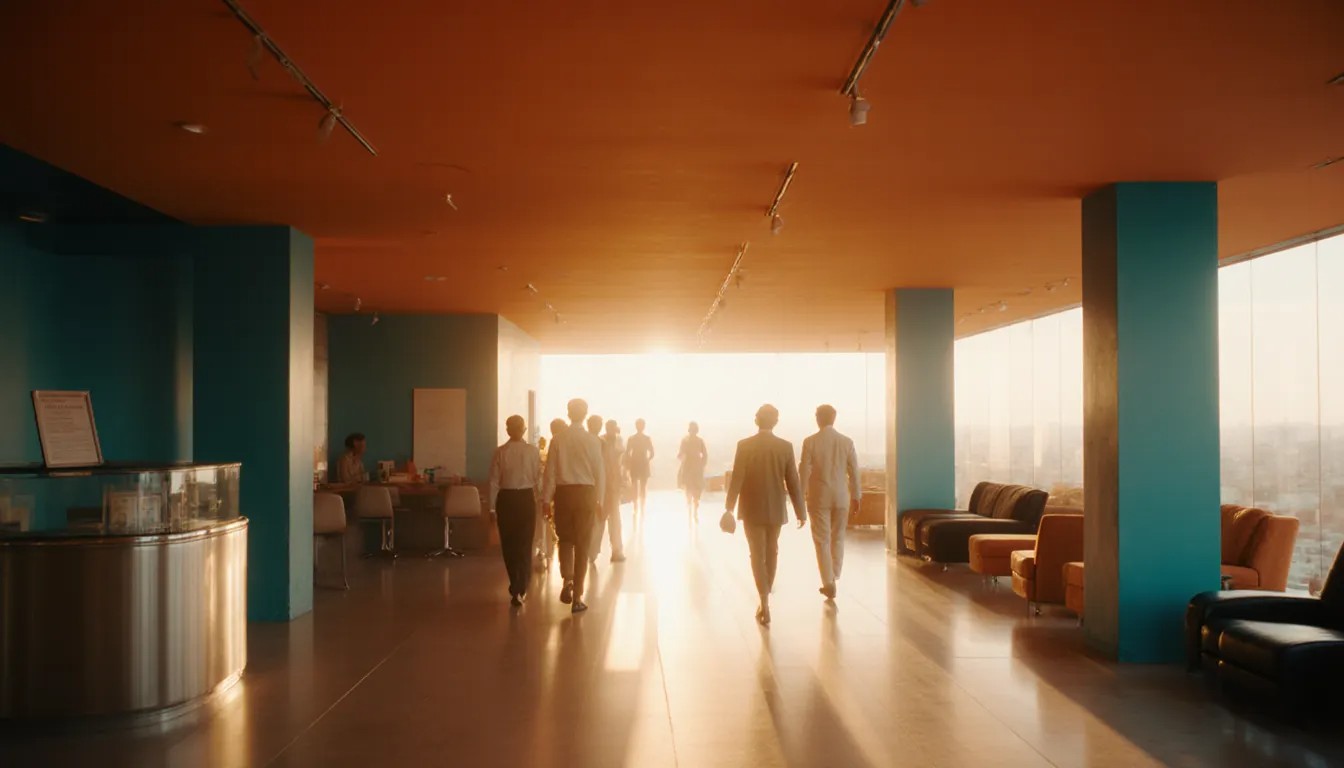


Reach out to us!
Start your AI journey today and let us help you understand your business better. Send us an email or book a meeting with one click!


Reach out to us!
Start your AI journey today and let us help you understand your business better. Send us an email or book a meeting with one click!
25th November 2025

Leo
There is a funny thing about great technology. When it does what it is meant to do, you barely notice it. Think about the last time something simply worked for you, maybe a café where your order arrived without delay, a gym where equipment was always available, or a hotel lobby that somehow felt calm even during peak hours. You probably did not analyse why everything felt smooth, you just enjoyed the moment.
That is the quiet magic of good technology. It blends into the background, removes small points of friction and lets an experience feel natural from the moment you step in. When tech becomes invisible, comfort becomes visible, and that is often when a space leaves its strongest impression.
We live in a world filled with technology, yet the only time we truly notice it is when something goes wrong. A lift that takes too long to arrive, a queue that suddenly grows, a meeting room that feels too warm or a check in system that interrupts instead of assisting. These moments pull us out of what we are doing.
Bad technology interrupts, good technology quietly supports, and great technology often feels like intuition.
It seems to anticipate what people need before they even realise it. It is not trying to show off, it is simply trying to help.
When a space feels comfortable and smooth, it is usually because someone has blended planning, design and technology in a thoughtful way. A gym might distribute peak hours more evenly, a venue might keep queues short even when it is busy, a retail floor might feel open instead of chaotic, and an office might seem to offer the right rooms at the right times.
None of this is based on guesswork. It comes from small signals being observed and understood, often in real time, and then turned into small improvements that people can feel. You do not have to know which systems are running or how everything is connected. You simply notice that the experience feels calmer, more organised and easier to move through.
Invisible technology puts humans back at the centre of the experience. Staff can focus on customers rather than battling with tools, teams can focus on meaningful work instead of repetitive tasks, guests can enjoy their stay without distractions, and shoppers can browse freely without feeling lost or rushed.
When a space supports people silently, it turns busy places into comfortable ones, and that comfort naturally builds loyalty.
Results ?
People return to places where they feel understood and looked after, even if they cannot quite explain why.
Merlin Cloud operates in that invisible layer that helps a space feel like it runs on intuition. A hotel does not need to display its occupancy logic for guests to feel that rooms are ready at the right time. A retail store does not need to show its analytics for people to enjoy smooth movement and short queues. An office does not have to explain its scheduling system for teams to feel that meeting rooms are available when they need them.
Merlin Cloud simply helps spaces behave the way people expect them to, using real data to support real moments. No noise, no complications, just environments that make sense and adapt to what is happening in the moment.
Most people never realise Merlin Cloud is working in the background, and that is exactly how it should be.
As the world becomes more connected, the next major shift will not be more screens or more instructions. It will be technology that quietly enhances the environment while allowing the experience itself to take centre stage.
Spaces will understand how people move. Environments will respond to real conditions. Technology will feel like intuition instead of control. When tech fades into the background, design becomes clearer, comfort becomes stronger and experiences become memorable in a way that feels natural rather than engineered.
That is when people feel most at ease, and it is the direction the best spaces are already moving toward.